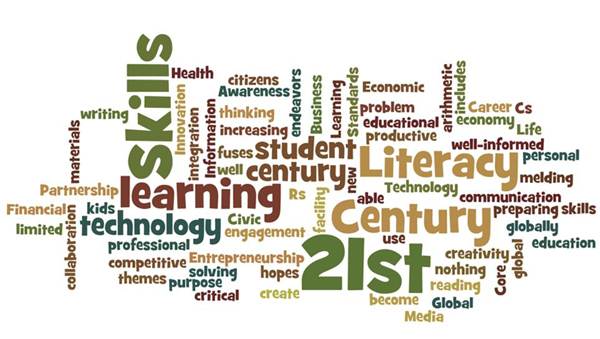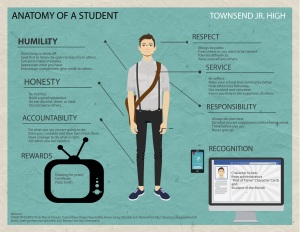For quite a long we’ve been hearing that Common Core State Standards are based on academic skills as well as 21st century skills. As educators, we know what academic skills are and why they are needed. Also, as educators, we are somewhat removed from the “real world” making our concept of 21st century skills skewed. It’s important to stay abreast of college and career readiness needs.
The Framework for 21st Century Learning does an excellent job of defining these skills for us. I found that the description for collaboration helpful as it clarifies that having students discuss their ideas, thinking, and answers on an assignment is not collaboration. Students working toward a common goal or solution is collaboration. Another skill that becomes much clearer in definition creativity. Too many teachers give credit to the use of color, drawing, clippings, or technology as creative. An example of this, which is pervasive in school, is the assigning of dioramas. This type of creativity turns academics into “Crayola Curriculum,” where evidence of authentic learning is greatly lacking.
Below are infographics I created as a summary of the ideas presented in the framework.
CommunicationCollaboration-2 CriticalThinking-2 Creativity-2



